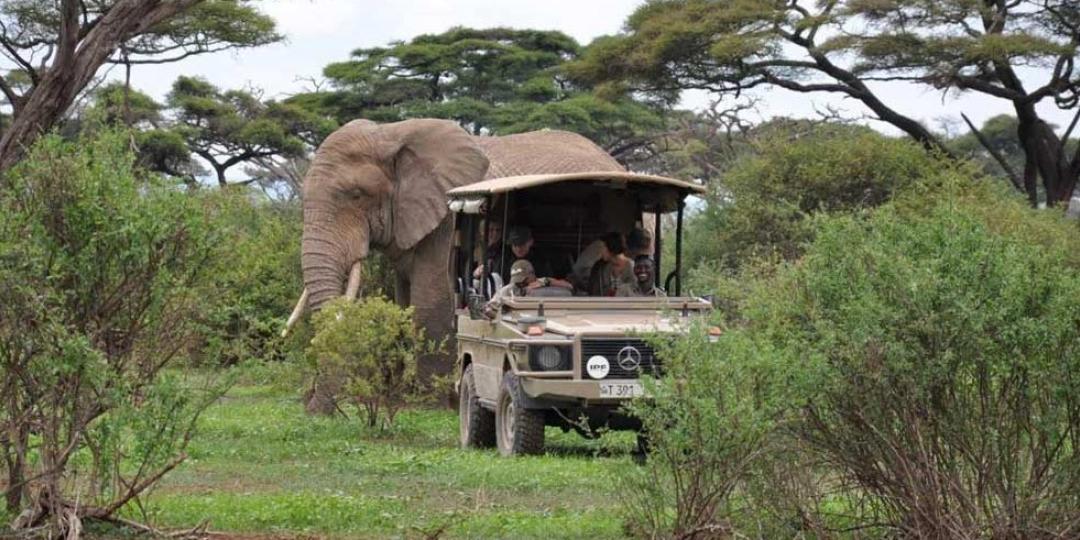The Tanzania National Parks Authority (TANAPA) has announced several measures to upgrade its parks.
This includes infrastructure upgrading to ensure its five-million tourists target and US$6bn revenue collection are achieved by 2025/26.
TANAPA’s Conservation Commissioner, William Mwakilema, outlined the strategies, highlighting that the authority would focus on improving the southern circuit parks’ infrastructure to boost the number of tourists in the region so that the parks could be accessible throughout the year.
“We are doing well on the northern circuit, where most tourists flock to the national parks under the zone simply because they have good infrastructure, be it roads, airports, and a wide range of logistics to their destination.
“We are now focusing on the southern circuit as we want them to have many choices to reach their destinations within a short time, be it Ruaha, Udzungwa, Mikumi, Nyerere, and Saadani,” he said.
The Commissioner added that through its Regrow project and German Government funding, the authority aimed to ensure that, come 2025, Nyerere, Saadani, Mikumi, Ruaha and Mkomazi National Parks were accessible.
TANAPA will also purchase a tourist ferry to ply from Lake Victoria to Rubondo, Serengeti, Saanane, and to Burigi Chato National Parks.
Ecological preservation projects
Furthermore, the authority, in collaboration with communities surrounding the national parks, is undertaking some ecological preservation projects to ensure nature is maintained despite the effects of climate change.
“Wild animals need nature to flourish; with climate change effects, it has been clear in some areas that should we not be keen with our conservation, we might be losing the natural heritage,” Mwakilema warned.
He said TANAPA welcomed investment in the national parks to provide accommodation facilities to tourists, as well as balloon safaris, canopy walkways, cable car and zip line safaris, water sports and horse riding.
Mwakilema said it was also working on protecting the water sources of Ruaha, Mara and Tarangire rivers, the majority of which were outside the national parks, to ensure water flowed to wild animals throughout the year.
“We have to protect water sources as they are key to our economy as well as nature conservation. We are working with the communities to make it work.”























